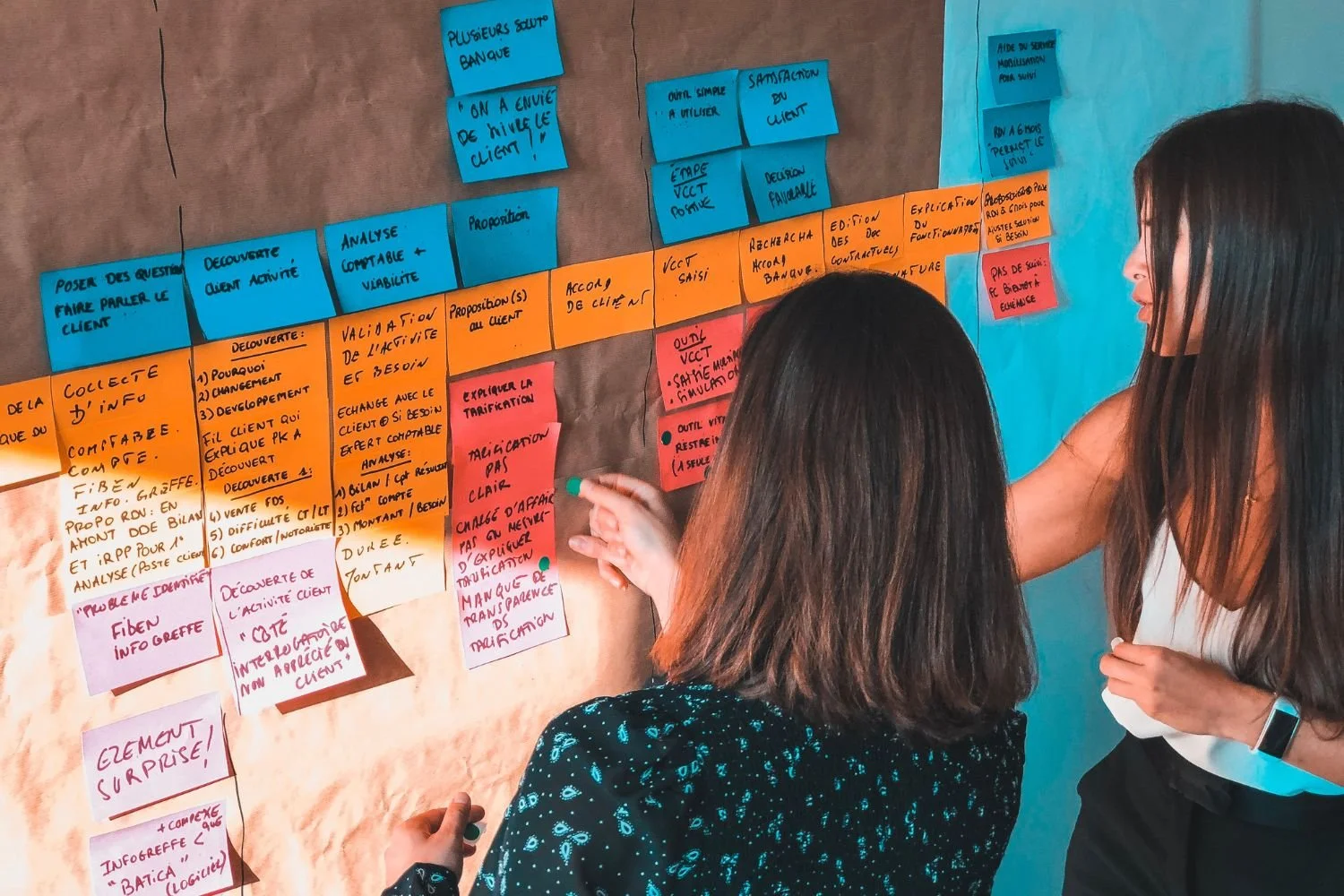Resilient by Design: A Playbook for Thriving Through AEC Disruption and Building a Sustainable Firm
Introduction
The AEC industry has always operated in cycles. But today’s market disruptions aren’t just cyclical—they’re structural, simultaneous, and system-wide.
For design and construction firms, it’s no longer enough to “ride it out” or wait for old markets to return. A fundamental reset is underway, and firms that want to grow must meet disruption with deliberate action. That starts with a clear, focused strategy: one that responds to shifting market conditions, anticipates client needs, and activates your team’s most valuable capabilities.
Here’s a framework to help your firm build a resilient marketing and business development plan—tailored to the realities of today’s AEC landscape.
Step 1: Start with Strategic Focus and Positioning—Not Just Proposals and Ad Hoc Promotion
Before you market your services, you need clarity on what you offer—and who it’s for. Design and construction firms should concentrate on a few high-potential markets, articulate a clear value proposition, and craft targeted messaging that’s delivered consistently across all touchpoints.
Positioning Tips for a Shifting Market:
Reframe your identity around outcomes: faster delivery, higher certainty, more adaptable spaces.
Lean into your firm’s agility—your ability to serve new sectors or jump into early-phase development.
Identify 2–3 growth sectors (e.g., public housing, retrofit markets, modular delivery) and build specialized messaging around each.
Step 2: Target Underserved Markets with Growth Potential
When dominant sectors falter (like condos or campus construction), firms need to move toward where demand is building.
Market Segments to Watch:
Public-sector housing: Municipalities and agencies are desperate for affordable, supportive, and student housing solutions.
Mid-size cities: Often overlooked, these markets are growing fast—and need nimble, locally invested design partners.
Adaptive reuse + retrofit: Aging office stock, post-secondary facilities, and underperforming assets need transformation.
Step 3: Build Services Around New Client Needs
Clients today are managing risk, not chasing spectacle. They want partners who can deliver certainty, speed, and insight. Your firm’s service offerings—and how you package them—must reflect this shift.
Core Service Enhancements:
Design-assist and pre-construction strategy: Help developers reshape projects to fit rental metrics or new delivery models.
Feasibility + conversion studies: Offer cost-efficient options for repurposing office towers, stalled condos, or institutional assets.
ESG-driven upgrades: Reposition aging buildings with sustainability, accessibility, and energy performance in mind.
Step 4: Position Your Firm as a Solutions Provider, Not Just a Service Provider
In today’s uncertain market, clients aren’t looking for vendors—they’re looking for partners who can help solve complex problems. To build trust and win work, your firm needs to demonstrate real-world understanding, strategic insight, and a track record of helping clients navigate change.
Solution-Driven Marketing Tactics:
Define key client pain points: Understand the challenges facing each target sector—whether it’s stalled developments, policy shifts, or shifting space needs—and frame your services around solving them.
Show real outcomes: Use case studies that demonstrate measurable impact—e.g., faster approvals, cost savings, repurposed assets, or successful conversions.
Offer practical tools: Share templates, checklists, or guides that help clients plan for retrofit projects, reposition assets, or adapt to new policy environments.
Visualize your solutions: Use diagrams, timelines, and process maps to illustrate how your team tackles complexity and adds value from early strategy to final delivery.
Step 5: Invest in Tools and Training That Support Scalable Innovation
Disruption is as much internal as external. Your firm’s long-term viability depends on building capabilities that respond to how projects are being procured, designed, and built.
Key Capability Investments:
AI + early-phase design tools: Equip teams with platforms like TestFit or Revit Copilot to run site studies, cost scenarios, and simulations in real time.
Prefab-ready design thinking: Train your team in DfMA and modular interface design.
Client advisory skills: Move beyond “order-taker” to “strategic partner” in every phase of delivery.
Step 6: Strengthen the Business Development Flywheel
Even the best ideas and services won’t scale without a consistent go-to-market rhythm. Mid-sized firms must formalize their BD efforts to avoid feast-or-famine cycles.
BD Strategy Essentials:
Segment your targets: Know your 10–20 high-priority clients and cultivate them actively.
Pursue partnerships: Team with developers, prefab suppliers, and contractors early in the cycle.
Track what works: Use CRM and reporting tools to monitor outreach, proposals, and close rates.
Final Thoughts
Disruption isn’t a threat—it’s a signal for new opportunities. It’s telling you what the market needs next, what clients value most, and where your firm can lead.
For design and construction firms, this moment is a chance to recalibrate, reposition, and move deliberately toward growth. With the right strategy in place—grounded in positioning, insight, innovation, and targeted outreach—you can do more than survive change. You can shape it.



